How to run the Identify and Annotate Variants (WES) workflow
To run the Identify and Annotate Variants (WES) workflow, go to:
Toolbox | Ready-to-Use Workflows | Whole Exome Sequencing (![]() ) | Somatic Cancer (
) | Somatic Cancer (![]() ) | Identify and Annotate Variants (WES) (
) | Identify and Annotate Variants (WES) (![]() )
)
- Double-click on the Identify and Annotate Variants (WES) tool to start the analysis. If you are connected to a server, you will first be asked where you would like to run the analysis. Click on the button labeled Next.
- You can select the sequencing reads from the sample that should be analyzed.
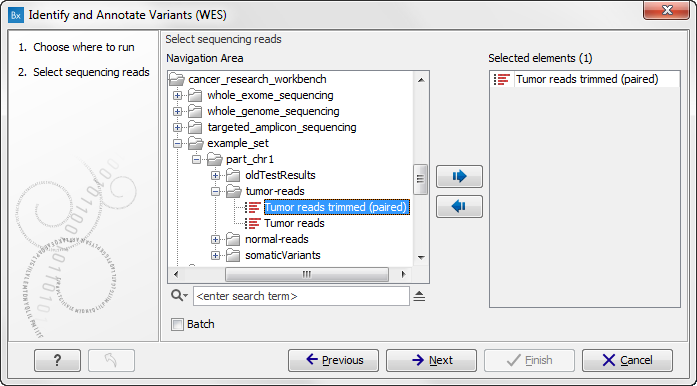
Figure 16.38: Please select all sequencing reads from the sample to be analyzed.If several samples should be analyzed, the tool has to be run in batch mode. This is done by selecting "Batch" (tick "Batch" at the bottom of the wizard as shown in figure 16.38) and select the folder that holds the data you wish to analyse. If you have your sequencing data in separate folders, you should choose to run the analysis in batch mode.
When you have selected the sample(s) you wish to prepare, click on the button labeled Next.
- In the next wizard step (figure 16.39) you can select the population from the 1000 Genomes project that you would like to use for annotation.
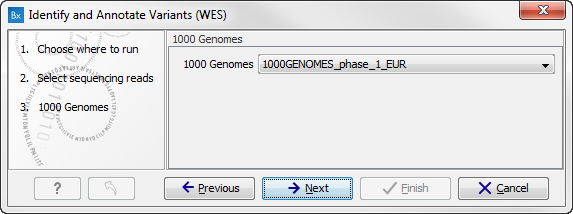
Figure 16.39: Select the population from the 1000 Genomes project that you would like to use for annotation. - In the "Indels and Structural Variants" dialog(figure 16.40), you
can specify the target regions track. The variants found outside the targeted region will be removed at this step in the workflow.

Figure 16.40: In this wizard step you can specify the target regions track. Variants found outside these regions will be removed. - In the next dialog (figure 16.41), you have to specify the parameters for the variant detection. For a description of the different parameters that can be adjusted, see Low Frequency Variant Detection. If you click on "Locked Settings", you will be able to see all parameters used for variant detection in the ready-to-use workflow.
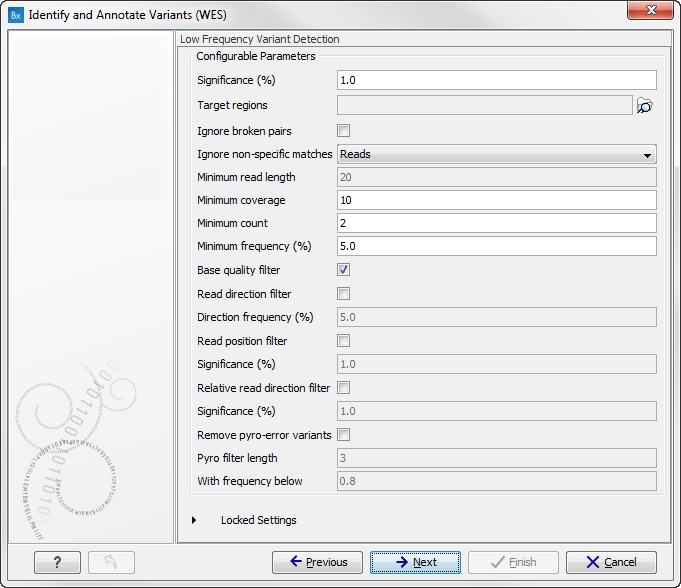
Figure 16.41: Specify the parameters for variant calling. - In the next wizard (figure 16.42) you can select the target region track and specify the minimum read coverage that should be present in the targeted regions.
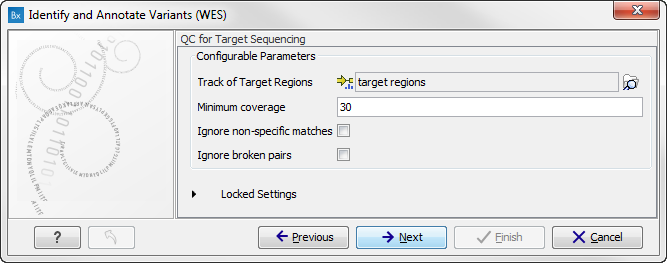
Figure 16.42: Select the track with targeted regions from your experiment. - Click on the button labeled Next, which will take you to the next wizard step (figure 16.43). Once again, select the relevant population from the 1000 Genomes project. This will add information from the 1000 Genomes project to your variants.
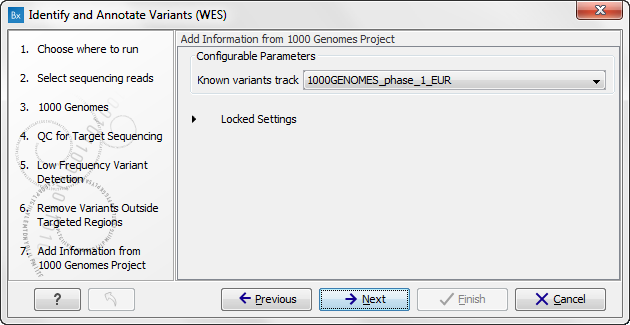
Figure 16.43: Select the relevant population from the 1000 Genomes project. This will add information from the 1000 Genomes project to your variants. - Click on the button labeled Next, which will take you to the next wizard step (figure 16.44). At this step you can select a population from the HapMap database. This will add information from the Hapmap database to your variants.
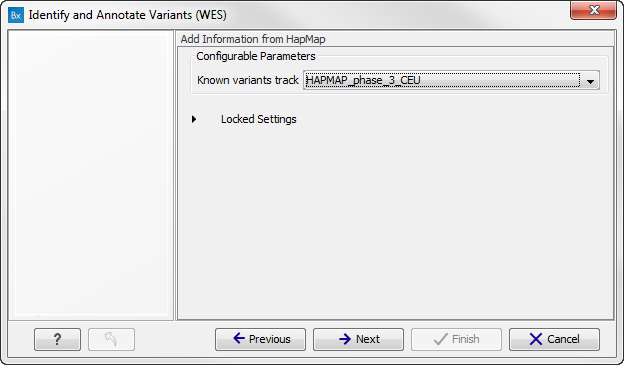
Figure 16.44: Select a population from the HapMap database. This will add information from the Hapmap database to your variants. - In this wizard step (figure 16.45) you get the chance to check the selected settings by clicking on the button labeled Preview All Parameters.
In the Preview All Parameters wizard you can only check the settings, and if you wish to make changes you have to use the Previous button from the wizard to edit parameters in the relevant windows.
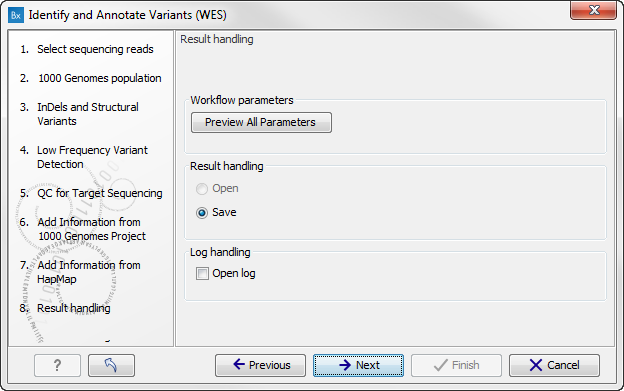
Figure 16.45: Check the settings and save your results. - Choose to Save your results and press Finish.
Note! If you choose to open the results, the results will not be saved automatically. You can always save the results at a later point.
